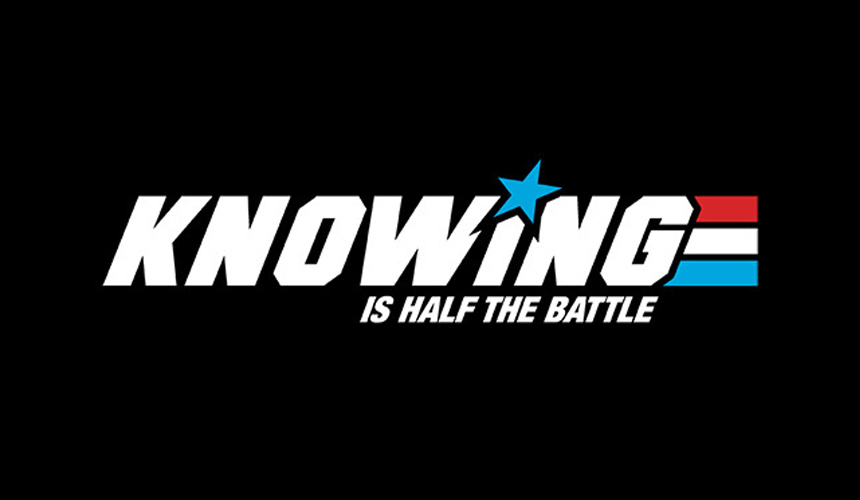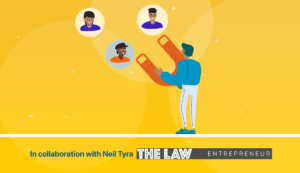Feel like you’re not getting a great ROI on the tools and apps you’re already using and paying for? Do you feel like you’re underutilizing your business software and/or apps and want to get more out of them to help grow your business?
This is a common problem. You’re busy running your business, managing clients, and doing “all the things.” Your job isn’t learning all the ins and outs of every app or business software you use. This is the reality. Sure, you could be using business software or apps you’re already paying for more efficiently. But who has the time to go through every tutorial and read every user guide of every app you use to learn every feature, best practice, and shortcut?

That being said, if you’ve noticed there are a few key sticky points and processes in your business that are error-prone, wasting time, causing frustration, or holding you back from growing, then it’s up to you to make it a priority to solve them. If you find yourself wishing and hoping for one business app to solve all your business problems in exactly the way you want, it’s unlikely likely not going to happen because business apps are usually designed to solve one specific or a few related business problems – not every single one because every business is different. So it’s important you invest time into learning how you can leverage existing business software you’re using to manage your workflows in a better way to solve sticky points.
We all know the adage “you need to spend money to make money,” but have we ever thought about how we need to spend time to save time? By investing time upfront to investigate and solve the key problems that are eating up you or your staff’s time, you can give yourself and your team more time to spend with clients and do meaningful work that you love.
How to leverage your business software better:
Identify your top sticky points
Before spending time aimlessly looking around into tips and best practices for the apps you’re using, you need to first know what you’re looking for. Identify your sticky points – the things that take a lot of time, are tedious, or just aren’t great uses of your time. This helps you be deliberate about solving problems that are worth solving because they’re wasting time and preventing growth. Instead of learning how to use your apps or software for the sake of learning, this will help you stay focused on changing things that matter.
To identify these sticky points, ask yourself and your team the following questions:
- What bottlenecks prevent you from getting things done?
- What are repetitive tasks that could be automated?
- What tasks are currently very time-consuming?
- What tasks or processes are janky and could be streamlined?
- What tedious things are holding you back from doing important and impactful work?
This may seem like an obvious thing to do, but you’d be surprised how often people adapt to cumbersome things and continue doing things in a less than ideal way just because that’s what’s they’ve always done.
We’ve fallen into this trap ourselves. It isn’t until we ask ourselves what our bottlenecks are, what processes are taking a long time, and what things are frustrating, that we start to give ourselves mental bandwidth to assess these problems and start dedicating time to solve them.
By asking yourself and your team the above questions, sticky points and opportunities for improving your processes will begin to emerge. As G.I. Joe says, “knowing is half the battle.”

The other benefit of getting your team involved in this process is that they’ll be on board with the new changes that come as a result. If you’ve ever tried to change your own habits or the habits of your team, you’ll know how difficult it can be. It’s an uphill battle to get people to change. People don’t like change, it’s just human nature.
If you get your team’s buy-in upfront by involving them and listening to their frustrations, it will help make them more receptive to change. When it’s time to roll out a new process or workflow, they’ll likely be more open and possibly even excited about it if they were the ones to raise the problem in the first place.
For more on tips for changing habits, check out How To Reframe Bad Habits To Boost Your Productivity.
Prioritize your list of sticky points
Now that you and your team have identified the tedious tasks that waste time, processes that are error-prone or clunky, and repetitive tasks, it’s time to prioritize these and decide on which one you’ll tackle first.
To do this, you can ask yourself and your team the following questions to help narrow down the list:
- Which of these is holding us back the most?
- Which of these do we care most about solving?
- Which of these will have a major impact on the business if we solve?
Review your options
With your #1 thing that you and your team are committed to working on solving, write out a list of all the apps and software you’re currently using that could be potential options for helping you solve this problem. Is this something that Google docs and Slack could improve? A job for Daylite? Features you haven’t explored yet in MailChimp?
From here, it’s just a matter of figuring out which apps could be potential solutions to this problem (or combinations of apps), and which option for learning and training fits best with your business, your budget, and the size of your problem.
Use your best judgment here. If it’s a process that only affects one person and you’re only willing to insert a minimal amount of time and resources to solve, tutorial videos and webinars may be your best route. If it’s a complex problem that has many implications and affects multiple people or departments and you’re willing to invest more to solve, hiring an expert to help you solve it may be the most cost-effective route in the long term.
Here are the typical options available with most apps and software for you to help solve this sticky problem:
Knowledge base and free tutorials
Most apps have some sort of self-learning option where you can read articles, user guides, or watch tutorial videos. This can be useful for quick tips but requires a lot of your time to dig and know a bit about what you’re looking for. For example, Daylite’s help centre and Learn tutorials.
Webinars
Many apps have pre-recorded or live webinar options. These are usually targeted to a specific problem or workflow. Webinars are great because they’re often free and tend to be hyper-focused around one specific problem. The downside is if they’re live, you have to hope your schedule matches. If it’s pre-recorded webinar, you can watch it anytime but you won’t be able to leverage a live Q&A if you have questions. Although, most companies will include a link to contact them if you have questions after the webinar. For example, Daylite webinars.
Customer Service or Customer Success Team
Many apps have Customer Success teams that are dedicated to helping their customers get the most out of their software. See if they have that option and get in touch for one-on-one guidance. If they don’t have this option, you can reach out to their Customer Service team and find out if they have suggestions or can make time available for some help. For example, Daylite Customer Success and Customer Service
Hire an expert
For robust apps and software, they’ll often have partners, experts, or consultants that you can hire to help you customize, learn, and best leverage your software. While this one-on-one expertise comes at a price, it can save you a lot of time learning on your own and avoid costing you time and sometimes frustrating trial and error as you’re trying to figure out how to solve your sticky point.
For example, we have a list of Daylite Experts here or you can book a free call with us if you want some help being paired with an expert that will fit your needs.
When considering this option, it’s a good idea to weigh the value of your time. How much time is this problem costing you now? How much time will it cost you to solve by hiring an expert and how much time and money will it save you in the long run?
Learning how to maximize the use of your business software takes time, which is why many people simply don’t do it and carry on griping about their frustrating sticky points. If you’re serious about being more productive this year, following these steps will help you hold yourself accountable. Being deliberate about dedicating resources to solve these problems will save you money and time in the long run – time you can now spend with clients and doing the work you love!


